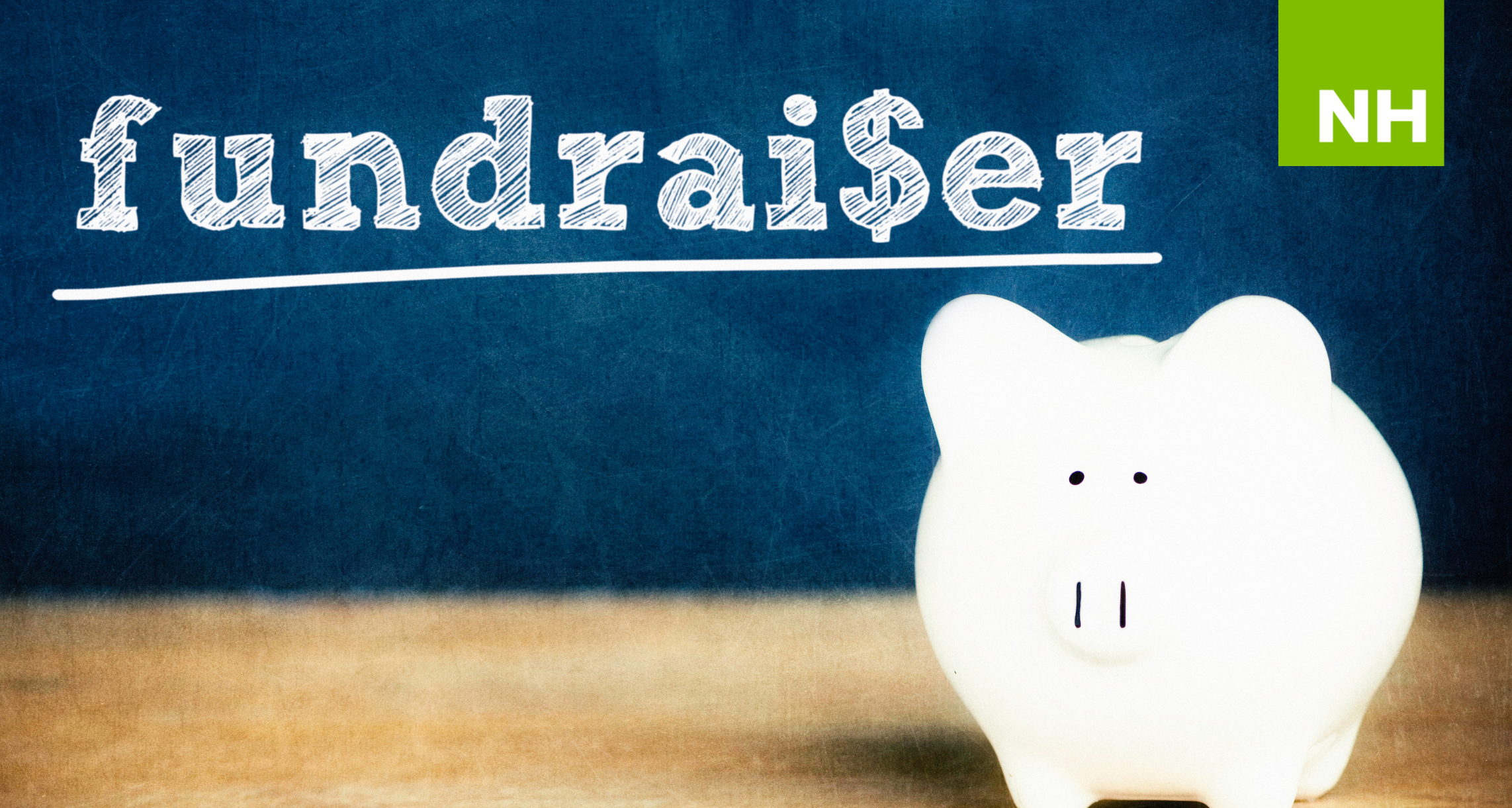12 Steps for Your Midyear Fundraising Tune-up
When most people hear the word ‘tune-up,’ they naturally think about automobiles, and probably that their own car is overdue. A car represents a major investment, and timely service and maintenance ensures the best return on that investment. Similarly, giving your fundraising efforts a ‘fundraising tune-up’ can significantly enhance their efficiency and yield better results in achieving your organization’s goals.
All for- and non-profit organizations will enormously benefit from similar tune-ups to ensure operations are performing at peak efficiency. We often hear that non-profits should model themselves more like businesses. I’ll take that one step further: Non-profits that typically even in good times need to stretch nickels into dimes, have more motivation to make sure they are running as efficiently and cost-effectively as possible. There is little, if any, fat to trim.
The pressures to maintain and increase gift income mount as the need for programs, services and benefits escalate during times of inflation and challenging economic realities when more people are struggling.
Here are 12 elements to consider for conducting a mid-year fundraising tune up to diagnose, make repairs and improvements that will drive up gift income that is so essential in carrying out noble missions that touch, improve and save more lives.
Assess Where You Stand
1. Make a brutally honest assessment of where every part of the resource development program stands. What were the goals and objectives set at the beginning of the year? As temperatures rise during the summer, how is your organization doing? Are you ahead, on or behind pace?
2. Engage as many members as possible of your nonprofit family in these frank discussions. If the mindset is that resource development is solely the responsibility of the development staff, the nonprofit is handcuffing itself and compromising its potential. All professional and volunteer team members of the nonprofit have a role to play, and this starts with contributing their ideas and best thinking on where fundraising is succeeding and where there are opportunities for improvement.
3. Be sure your assessment addresses the external environment. How is the local economy fairing? Have any major employers moved in or out of your community? How severe was the impact of the pandemic? How visible and positive is the perception of your nonprofit’s leadership?

Evaluate Your Approach
4. How well do you understand the motivations of your donors? The fundraising tune-up needs to feature private conversations with your leading donors on what they believe provides the greatest satisfaction from their gifts. What have they enjoyed from gifts made to other good causes that they haven’t seen receive enough attention from your non-profit?
5. Communications and fundraising are seamless. In other words, you can’t tell where one ends and the other begins. The good news is that communications has never offered so many tools to connect with donors and prospects. The challenge is to most effectively integrate all of the different communications activities so that they truly reinforce each other. The first step is spending enough time to precisely identify your three most essential messages. Then make sure that your print, electronic and digital media efforts are relentlessly pounding those messages home.
6. Though their share has dropped a few points in recent years the vast majority of gifts still come from individuals. When you add bequests and gifts from family foundations to individuals, this share of the pie is about 85% of the philanthropic pie. By all means, welcome gifts from corporations and foundations, but prospect lists must emphasize individuals, because in the words of the infamous bank robber Willie Sutton: “That’s where the money is.”

Cultivate and Steward Donors
7. We live in a fundraising environment increasingly dependent on major gifts as fewer and fewer donors are making larger and larger gifts. Keep your prospect list of major gift donors in front of you every day of the week. Are they receiving priority cultivation? If not, identify the bottlenecks. The larger the gift target the more challenging it is to get on the prospect’s schedule. Quality interaction is at a premium as money follows time. Is your major gift prospect list missing potential individuals, corporations and foundations? The Six Degrees of Separation reminds us that everyone on the planet is separated by no more than six personal relationships. Take full advantage of doors that can be opened by staff — both fundraising and programmatic — board members, volunteers and donors. A fundraising tune-up can help assess if major gift prospects are receiving proper priority and cultivation.
8. It is amazing how often this simple truth is overlooked: You have to ask every donor prospect for a specific amount, for a specific purpose to be paid by a specific time. The more that you ask — especially in face-to-face meetings — the more money you will raise. There is no precise formula on the duration of the cultivation period, other than we know that the greater the desired gift the more cultivation is necessary. Sometimes the cultivation phase — forging a personal and emotional alignment between the non-profit’s mission, vision and values and the donor prospect’s philanthropic priorities can be completed in months if there is enough quality interaction. For major gifts, this may take a year or more. But no organization should delay its ask one day more than is absolutely essential. Remember that your donor prospect is likely being cultivated by other deserving non-profits championing admirable causes.
9. Your most likely major gifts will come from your current donor base. Is your stewardship program genuine and robust in acknowledging and thanking people for their gifts of time and money? This can take a wide range of forms from intimate recognition events to much larger public events. Stewardship should be carefully designed with the donor’s personality in mind. The deepest concern for the vast majority of donors is understanding how their gift dollars are making a difference. New technology is providing more and more effective strategies such as impact videos. Never underestimate the power of donors personally interacting with the beneficiaries of their generosity. In higher education, this power is evident when donors meet with scholarship recipients. Study your retention rate to keep donors and encourage repeat, and potentially larger, gifts each year. This approach offers a fundraising tune-up and proves more cost-effective by retaining a current donor base instead of solely focusing on acquiring new ones.

Implement Improvements
10. Are all your outreach channels emphasizing new and popular ways of giving? Donor advised funds have emerged as the most dynamic component of American philanthropy. according to the most recent data from the National Philanthropic Trust. Grants from DAFs rose 28% to $46 billion. Your website, marketing material and especially solicitation activities should inquire about opportunities to give through DAFs.
11. People can make gifts several times larger through their estates than through wealth. Be sure to discuss the wide range of options from charitable bequests, retirement funds, insurance policies, gifts of stock and other assets.
12. Celebrate victories. Recognize the roles played by everyone in the discovery, cultivation, solicitation and stewardship of gifts. They don’t come easily, especially major gifts. Let everyone know that they are directly contributing to the power of your mission to advance good works.
This list, by no means, is all-inclusive. No doubt, you can and should add other components to assess, analyze and upgrade the caliber of your resource development program. Final word: Don’t be afraid to make changes. Keep to sound fundraising principles and best practices but take full advantage to adjust strategies as circumstances warrant. Your nonprofit needs to be operating at peak performance as you enter the later stages of the year when most gift income is raised.







